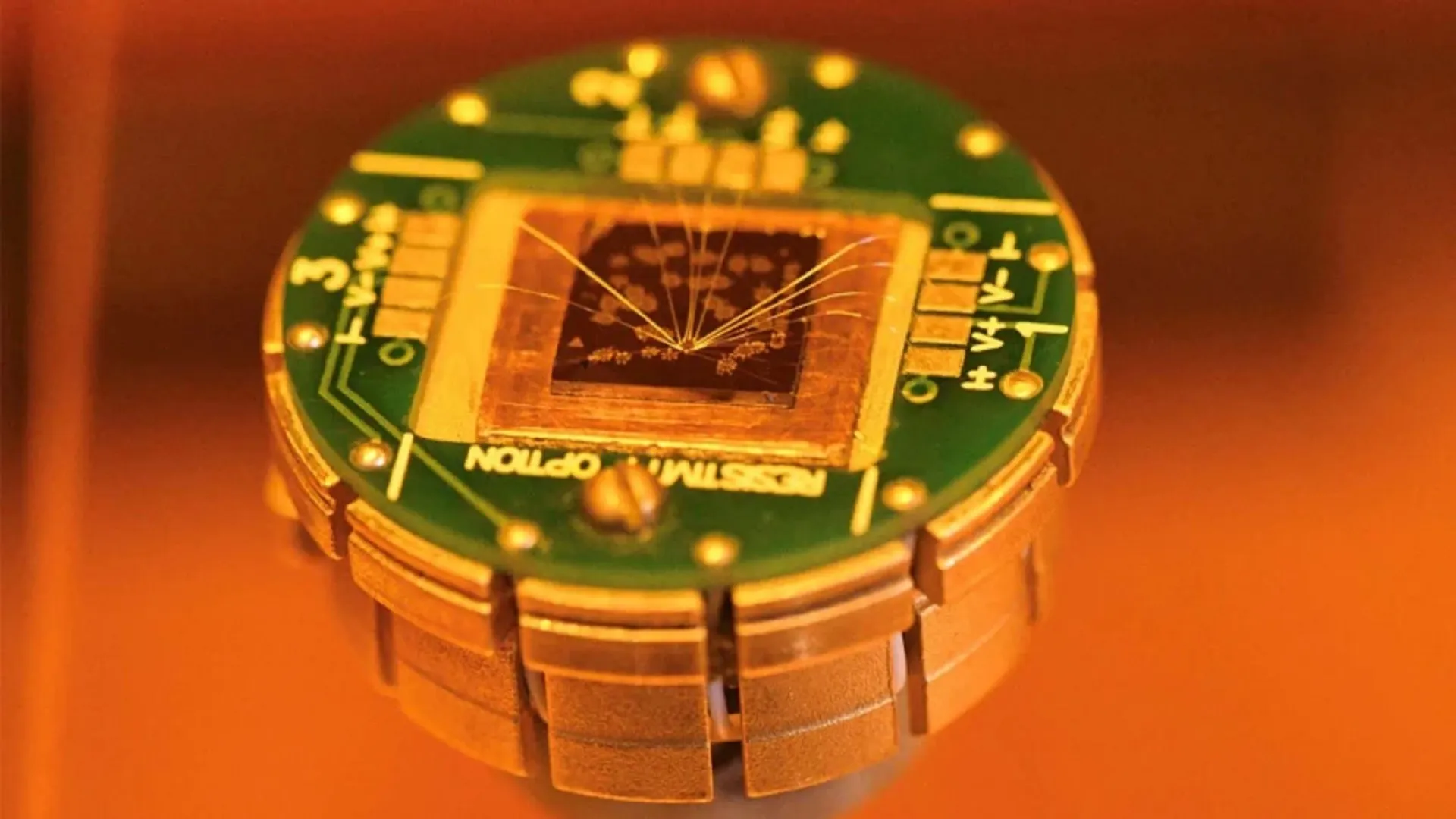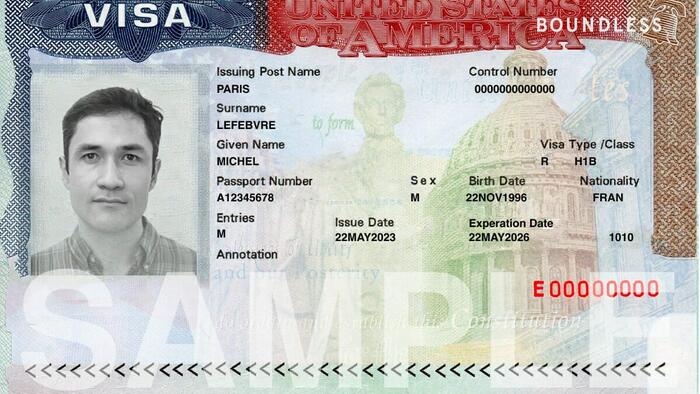
Digital data will consume one of the world’s largest energy shares within a few decades.
Now, researchers at Chalmers University of Technology, Sweden, have unveiled a breakthrough to solve this issue.
The team has developed an atomically thin material that allows two opposing magnetic forces to coexist, reducing energy use in memory devices by a factor of ten.
Memory units are essential in nearly all modern technologies, including AI systems, smartphones, computers, autonomous vehicles, household appliances, and medical devices.
Magnetism has emerged as a key player in digital memory, where controlling electron behavior under magnetic fields and electric currents enables chips to be faster, smaller, and more energy-efficient.
But the surge in global data is pushing conventional memory technology to its limits. Within decades, digital memory is projected to account for nearly 30 percent of global energy consumption.
This has intensified the search for new approaches to energy-efficient memory while unlocking fresh technological possibilities.
Chalmers researchers are now the first to show how a layered, two-dimensional material combines two distinct magnetic forces, cutting energy use in memory devices tenfold.
Magnetic attraction meets innovation
“Finding this coexistence of magnetic orders in a single, thin material is a breakthrough. Its properties make it exceptionally well-suited for developing ultra-efficient memory chips for AI, mobile devices, computers and future data technologies,” says Dr. Bing Zhao, lead author and quantum device physics researcher at Chalmers.
In physics, two key magnetic states exist: ferromagnetism and antiferromagnetism.
Ferromagnetism — the familiar force in everyday magnets — aligns electrons uniformly, creating a visible magnetic field. Antiferromagnetism involves electrons with opposing spins that cancel each other out.
Combining these two forces offers significant advantages for memory and sensors, but until now, it required stacking different materials in multilayer structures.
“Unlike these complex, multilayered systems, we’ve succeeded in integrating both magnetic forces into a single, two-dimensional crystal structure. It’s like a perfectly pre-assembled magnetic system – something that couldn’t be replicated using conventional materials. Researchers have been chasing this concept since magnetism was first applied to memory technology,” says Professor Saroj P. Dash, project leader and quantum device physics expert at Chalmers.
Tilted magnetism cuts energy
Memory devices store information by switching the direction of electrons. Conventional materials need an external magnetic field to achieve this.
The Chalmers material, however, has a built-in combination of opposing forces that create an internal tilt in magnetic alignment.
“This tilt allows electrons to switch direction rapidly and easily without the need for any external magnetic fields. By eliminating the need for power-hungry external magnetic fields, power consumption can be reduced by a factor of ten,” Dr. Zhao explains.
Layers of these two-dimensional crystals are stacked using van der Waals forces rather than chemical bonds, enhancing stability. The material’s magnetic alloy, composed of cobalt, iron, germanium, and tellurium, supports ferromagnetism and antiferromagnetism in a single structure.
“A material with multiple magnetic behaviours eliminates interface issues in multilayer stacks and is far easier to manufacture. Previously, stacking multiple magnetic films introduced problematic seams at the interfaces, which compromised reliability and complicated device production,” says Prof. Dash.



